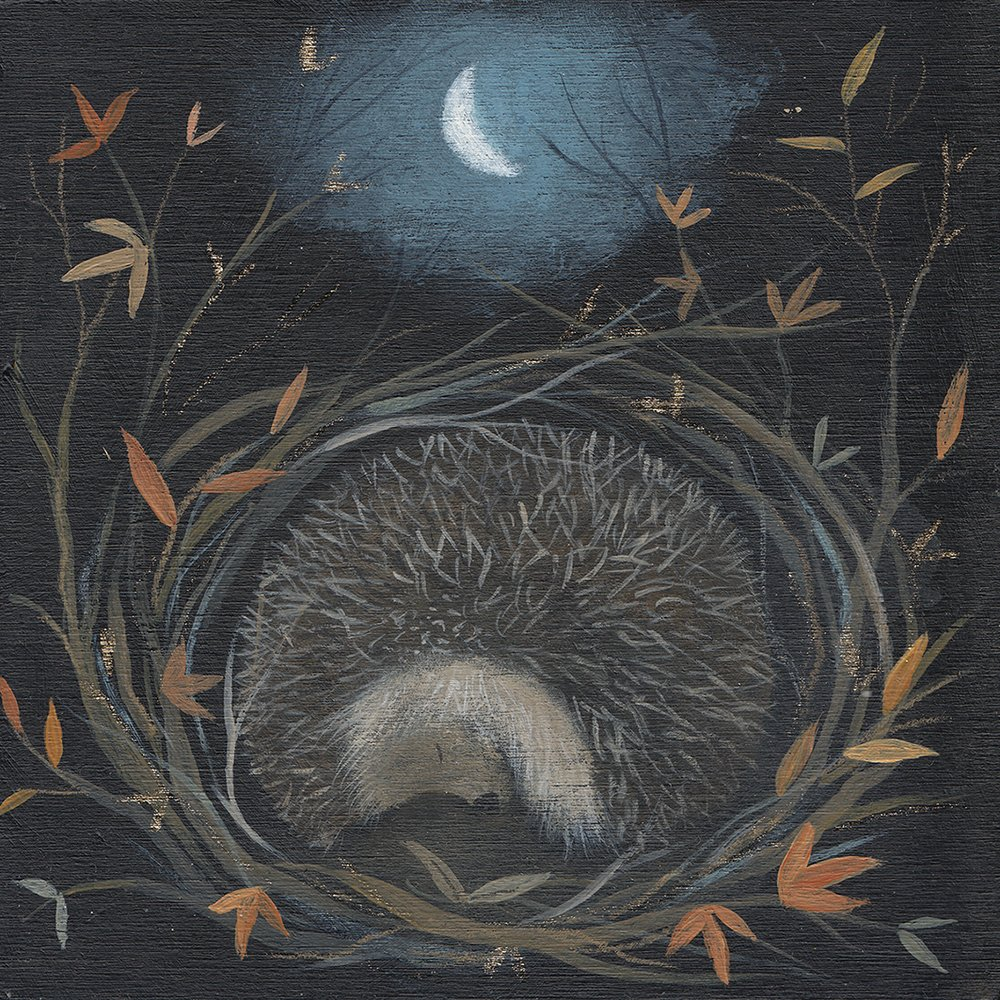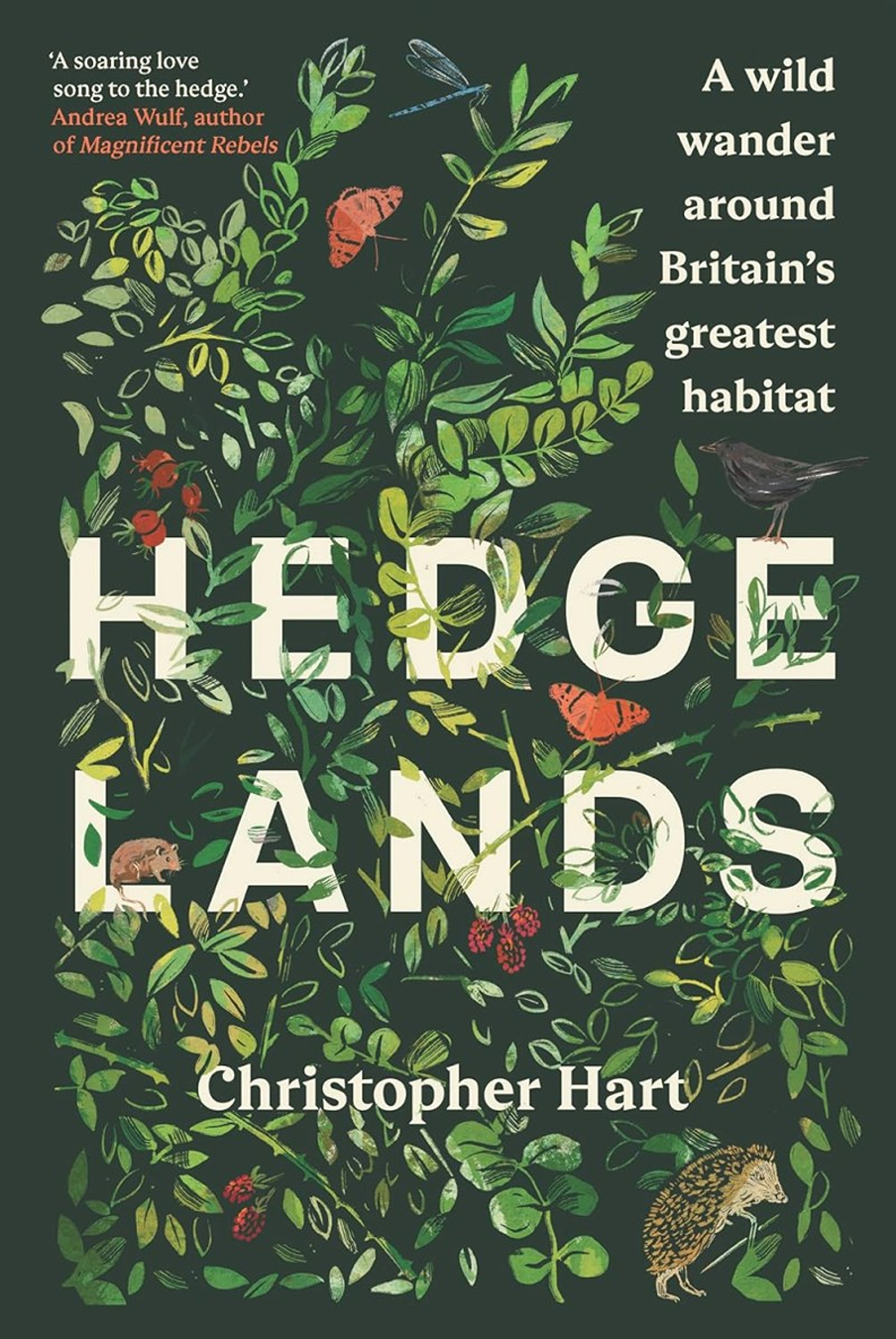How to Restore England’s Precious Hedgerows

England’s hedgerows are home to 130 native wildlife species including hedgehogs (hence their name), yellowhammers and song thrushes. Hedgerows also help to prevent water run-off which leads to fertile topsoil. 85% of our hedgerows have been lost in the 100 years, and this means more soil blows away in the wind, and stores less carbon.
Hedgerows Shelter Wildlife Year-Round
Hedgerows act like busy high streets for nature. Birds, bees, butterflies, and small mammals depend on them for food, shelter, and nesting sites. In spring and summer, birds raise their young in thick branches, while wildflowers attract pollinators.
As autumn comes, berries and nuts provide energy for animals preparing for winter. Even hedgehogs, whose numbers are dropping, use hedgerows as safe corridors. Without healthy hedgerows, countless species would struggle to survive.
Hedgerows Protect Our Soil
When wind and rain batter open fields, soil can drift or wash away. Hedgerows prevent this by anchoring the earth with strong roots and breaking up fierce weather.
Over time, what starts as a tidy line of shrubs becomes a shield that keeps topsoil in place and water where crops need it. This helps farmers reduce erosion and keep their land productive.
Hedgerows Support Food Security
Far from being a nuisance, hedgerows help farms produce more. They keep fields shaded, offer windbreaks for livestock, and support insects that pollinate crops.
Even ‘pests’ have natural enemies living in hedgerows, making chemical sprays less necessary. Farmers with well-kept hedgerows often see better harvests.
Hedgerows Store Carbon
Hedgerows aren’t just green—they’re green technology. Like small forests, they trap carbon from the air and lock it underground. Older hedgerows become even better at this over time.
By restoring and planting new hedgerows, we can help take carbon out of the atmosphere and slow climate change, one field at a time.
Hedgerows Add Local Colour and Character
Look across a patchwork of fields, and you’ll see hedgerows shape the land’s look and feel. They mark out old parish borders, paths, and lanes, often tracing back centuries.
Ancient hedgerows tell stories about people and places long gone. Restoring them restores the soul of the countryside and keeps its rich history alive.
Hedgerows Clean the Air and Water
Pollution isn’t just for cities. Fields pick up spray drift and dust, while streams collect runoff. Hedgerows catch these before they spread, helping filter out chemicals and trap particles.
This keeps streams cleaner and air fresher. It’s a simple way to make rural life healthier for everyone.
Hedgerows Create Wildlife Corridors

Wildlife needs to move, not just survive in small pockets. Without hedgerows, fields become isolated and creatures get cut off from new homes or partners.
Linking patches of woodland and grassland with hedgerows makes it easier for birds, bats, and bugs to travel. This helps keep whole populations healthy, not just a few lucky survivors.
Hedgerows Boost Mental Wellbeing
There’s something soothing about walking by a line of hawthorn in bloom, or watching birds flit between blackthorn bushes. Hedgerows offer peace, colour, and the simple rhythms of nature.
With many people spending more time indoors or in towns, restoring nearby hedgerows can give everyone a small oasis to enjoy.
Steps to Restore Hedgerows

Farmers can help hedgerow wildlife, by leaving seed heads and leaf litter (and not trimming hedges from March to August, when birds and mammals are nesting). If all farmers went organic, we could restore our hedgerows to previous numbers, within a year.
Choose native plants to restore hedgerows. Popular choices are hawthorn, blackthorn, hazel (dormice will love you) and field maple. Also be sure to include plenty of berries for birds and flowers for pollinators. The Conservation Volunteers has a downloadable guide to plant or restore neglected hedges.
If planting hedges, use no-dig gardening to protect wildlife. Most hedgerow plants are poisonous to pets (fruit pips/seeds, elder, borage, mushrooms etc).
Do research before planting hedgerows near horses, donkeys and livestock and as many (including yew, privet, laurel, buckthorn and holly) are not safe. Learn of trees/hedges to avoid near horses (including yew, oak and sycamore).
If foraging, only take what you need, to leave some for wildlife. If you see young ladybirds (which look like baby alligators) on nettles, don’t forage until they’ve flown, in a few weeks later.
Case Studies of Successful Restoration

Conservation groups nationwide have been working to restore England’s hedgerows.
In Devon, farmers worked with local volunteers to restore miles of lost hedgerows, by adopting traditional hedge-laying methods and planting native species. This in turn has created habitats for dormice, birds and countless insects.
In Lincolnshire, councils have funded projects to restore hedges, improving wildlife corridors for species that were losing their natural homes.
A Wander Around England’s Greatest Habitat
Hedgelands takes us on a joyous journey around the wild edges of Britain, to explore the ecology and history of the humble countryside hedge. Despite having lost half of them since the Second World War, Britain still has around 400,000 km of remaining hedges to enjoy and protect.
The book also covers how hedges play vital roles in mature woodlands, grasslands and wetlands. Through rewilding a patch of land in southwest England, he shows how easy and rewarding it is, to restore even the smallest stretch of hedge.
Hedges is a unique celebration of our hedgerows, which are in danger now that most of the UK is intensively farmed. In this book, the author offers decades of research and personal experiences (from his Devon farm) to explore the ecology, nature conservation and wider environmental values of our native hedges.







